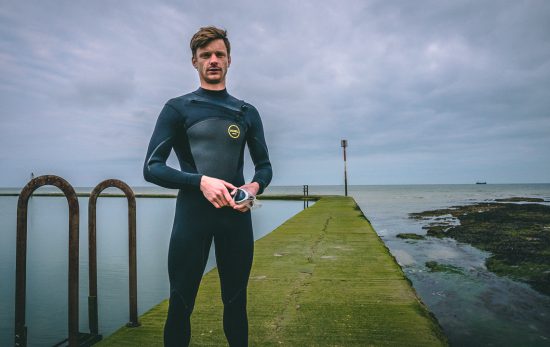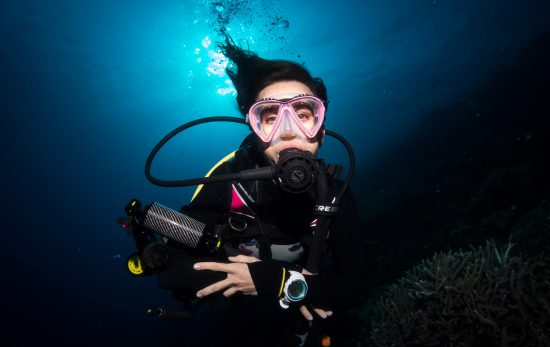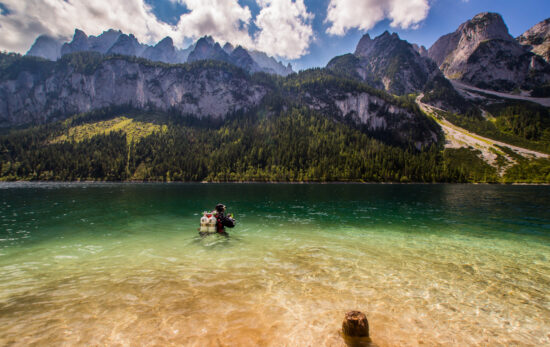Scuba diving can be a fun, revitalizing activity, but it also has potential health risks. As certified scuba divers, we’ve been taught what we should be doing before and after scuba diving, but it’s just as important to remember what we shouldn’t be doing after diving. In fact, this is not just for new divers, as many seasoned divers don’t know or remember these facts.
Planning a dive requires a great deal of preparation, along with numerous safety checks that you must complete beforehand. This process is explained and practiced many times during the PADI Open Water Diver certification. However, the safety considerations after your dive are not presented as a checklist, and many divers may not remember what not to do after scuba diving.
In this blog, we explore some key points on what to avoid after diving. Read on for 10 things you shouldn’t do immediately after your next underwater adventure!
Table of Contents
- Flying After Diving
- Mountain Climbing or Driving
- Ziplining After Diving
- Deep Tissue Massage
- Relaxing in a Hot Tub or Shower
- Excessive Drinking
- Freediving After Scuba Diving
- Exercising After Diving
- Skipping Your Surface Interval
- Ignoring Your Body
- What Should I Do After Diving?
- Start Your Next Scuba Adventure
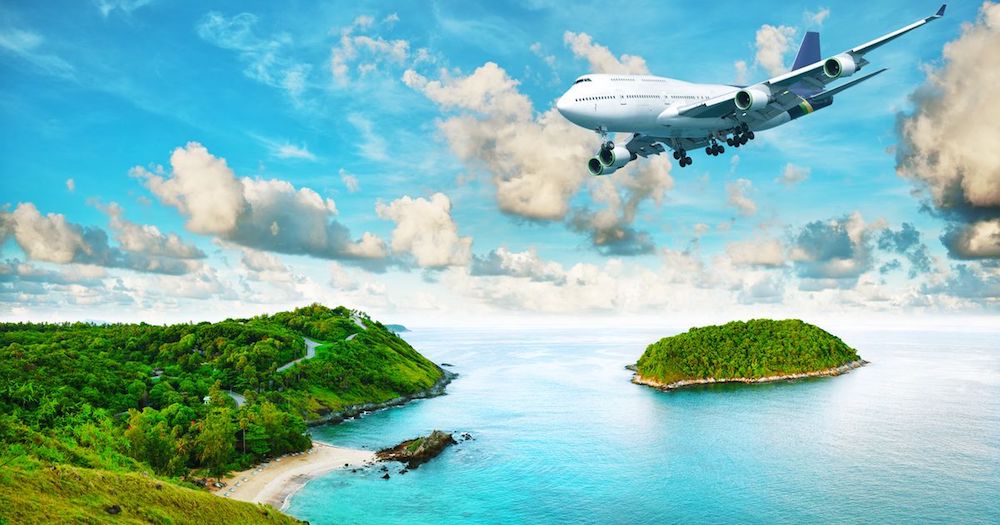
1. Flying After Diving
Flying after scuba diving is one of the more widely known risks to divers. This issue comes up frequently in the diving world, because divers want to take full advantage of their vacations and also get the most diving time in while they can.
The main reason divers should avoid flying immediately after diving is the pressure inside the airplane’s cabin. The air pressure inside the cabin lessens as you reach altitude. When you’re flying in a plane right after diving, the increase in altitude results in a drop in pressure which is similar to a fast ascent while diving.
The longer and deeper you dive, the more nitrogen is absorbed into your blood and tissues. Upon returning to the surface, the ambient pressure reduces, and the nitrogen reverts to gas bubbles, which can be very dangerous when inside the body.
Decompression needs to be done slowly, so the nitrogen can safely pass back out through your lungs. If you ascend too quickly, the nitrogen can form bubbles in your blood or tissues, which can be painful and possibly fatal. The resulting condition is known as decompression sickness (or ‘the bends’).
Waiting the correct amount of time before flying will reduce the nitrogen in your body. As a general recommendation, leave a 24-hour surface interval before flying after doing any type of diving. This rule covers all types of dives and adds extra time as a safeguard for peace of mind.
Flying After Diving Guidelines from Divers Alert Network (DAN)
The following DAN guidelines apply to air dives followed by flights at cabin altitudes of 2,000 to 8,000 feet (610 to 2,438 meters) for divers who do not have symptoms of decompression sickness (DCS):
- For a single no-decompression dive, wait at least 12 hours before flying
- For multiple dives per day or multiple days of diving, wait at least 18 hours before flying
- For dives requiring decompression stops, wait at least 24 hours before flying
In addition, you should wait longer if directed by the no-fly time indicated on your dive computer. To err on the side of safety, many divers plan a 24-hour surface interval before flying after any type of diving and spend this time resting or exploring topside attractions. However, keep reading to be aware of some other activities you should avoid doing straight after scuba diving.

2. Mountain Climbing or Driving
It may surprise you to discover that driving or hiking to the top of a 10,000-foot (3,048-meter) mountain puts you at the same risk for decompression sickness (DCS) as flying in an airplane. Cabin pressure in an average commercial jet is equivalent to being at 6,000 to 8,000 feet (1,800 to 2,400 meters) above sea level. If simulated altitude puts you at risk for DCS, being at altitude is also high risk. That said, people do dive at altitude and there are special dive tables to follow. This type of diving is called altitude diving.
You should avoid mountain climbing in the first 24 hours after a dive. If you are planning to combine mountain climbing and scuba diving on the same trip, go mountain climbing first to minimize any potential decompression sickness risk. It is better to go climbing before a dive, and this is an easy solution to reduce risk from a DCS perspective. Just be mindful of other factors that could affect your fitness to dive, such as exertion and fatigue so be sure to rest and hydrate after your climb or hike and before you go diving.
In the same way, if your journey home involves driving to altitude after diving, you should allow a sufficient surface interval to reduce the risk of decompression sickness (ideally 24 hours)—or choose an alternative route.

3. Ziplining After Diving
Ziplining as an activity is fine. Again, the concern is going to altitude after diving. It is recommended to confirm the altitude of your ziplining destination before you book.
Ziplining usually occurs on a mountain or elevated area and should be avoided for 24 hours after a dive due to the altitude. This helps reduce the risk of decompression sickness (DCS) and enjoy your ziplining worry-free.
Other High-Altitude Activities to Avoid for 24+ Hours After Diving
- Parachute jumping or skydiving
- Paragliding
- Parasailing
- Skiing or snowboarding
- Air ballooning
We always recommend reaching out to an individual who has more information about the destination and its altitude. The best thing to do is contact a local PADI Dive Shop and ask them about other activities that you can do safely after diving—such as local food, relaxation, or events.
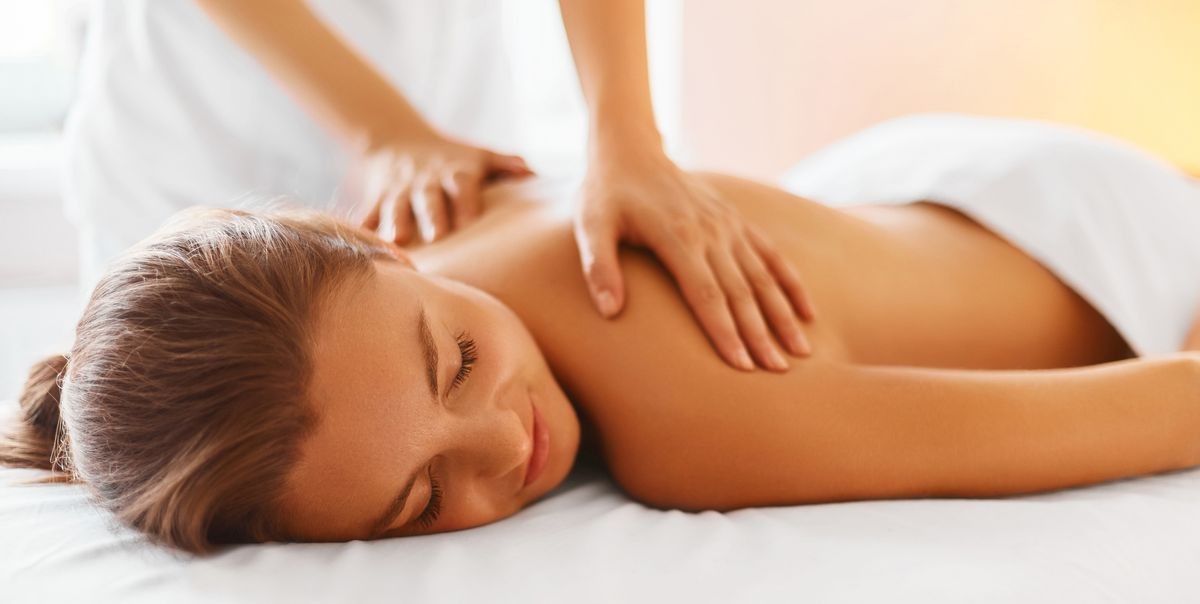
4. Deep Tissue Massage
What? No massage? Relax and breathe. Here’s the good news – according to the Divers Alert Network (DAN): “Massage has not been confidently associated with…cases of DCS”. Experts caution against deep tissue massage, but a gentle relaxation massage is probably fine. The two main concerns with deep tissue massage are:
- Increased blood flow might lead to bubble formation
- Muscle soreness which can lead to misdiagnosis (or delayed diagnosis) of decompression sickness (DCS)
The advice is to stay away from deep tissue massages for at least 12 hours after scuba diving.

5. Relaxing in a Hot Tub or Shower
As the body warms up and circulation improves, there is also an increased chance of bubble formation. According to the Divers Alert Network (DAN):
“Since the solubility of gas is inversely related to temperature, tissues will hold less in solution as they warm. Warming tissues with significant gas loads can promote bubble formation.”
When you jump into a hot shower or hot tub straight after a dive—especially a colder dive—the warming up of tissues happens before blood flow increases. In this case, bubbles may form faster than the circulation can remove them harmlessly, creating a higher risk of decompression sickness.
The recommendations for reducing this risk are:
- Wait 30 minutes before getting into a hot shower or hot tub to allow your body to warm up slowly
- Lower the temperature of your shower or hot tub so your body doesn’t experience such a rapid increase in heat

6. Excessive Drinking
As you are well aware by now, your body requires some time to revert the nitrogen that was absorbed into the blood and tissues. Anything that interferes with the process of elimination of nitrogen from the body should be avoided. If you indulge in drinking alcohol, your body will begin to dehydrate faster—and dehydration increases the risk of decompression sickness (DCS).
Additionally, it becomes difficult to diagnose the symptoms of decompression sickness if you’ve been drinking after diving and are impaired. If you don’t identify symptoms quickly, DCS can be serious.
It’s best not to mix alcohol and scuba diving trips. But if you want to drink alcohol after diving, wait a few hours and hydrate prior.
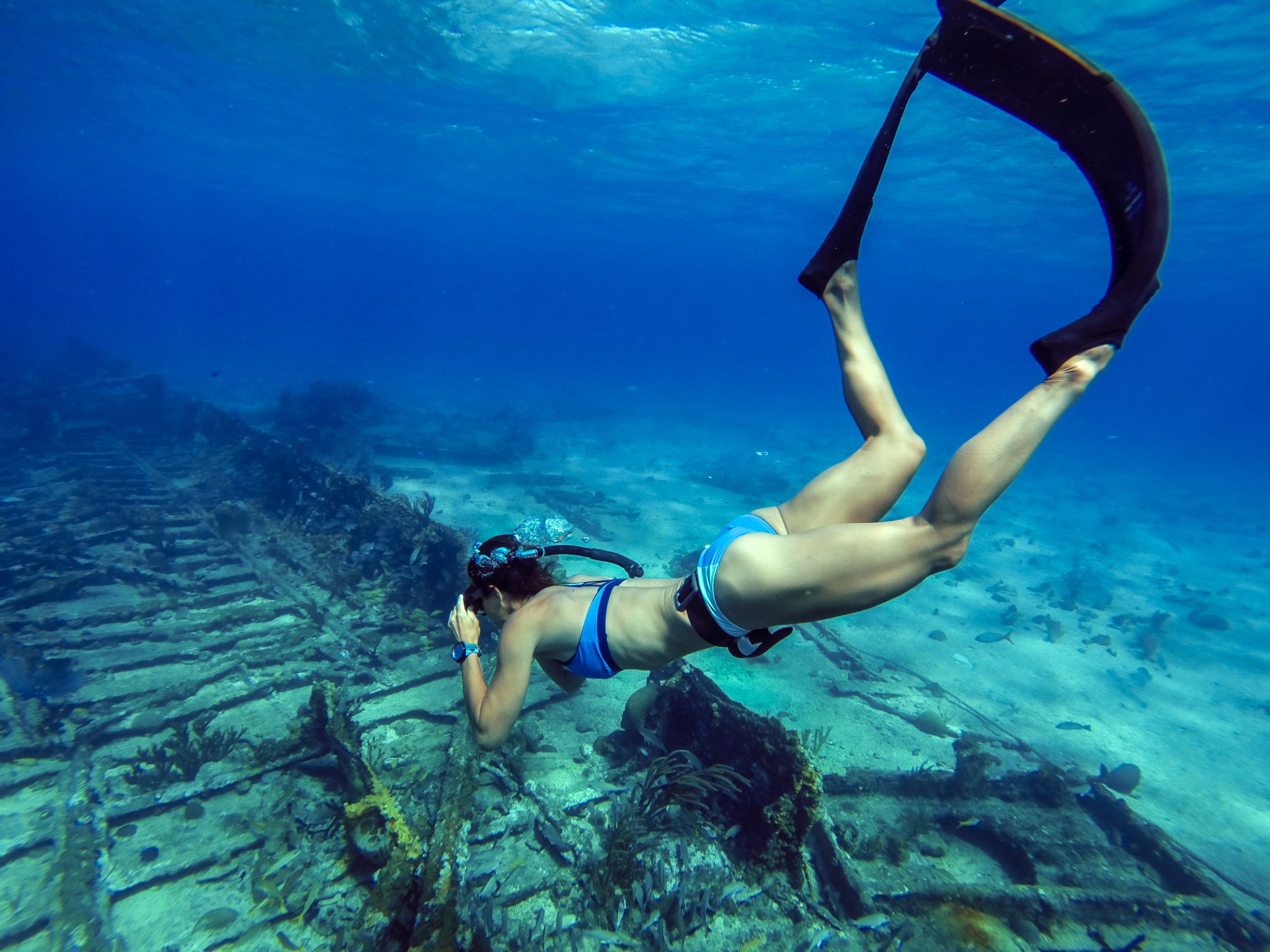
7. Freediving After Scuba Diving
Dissolved nitrogen isn’t a major concern for casual snorkeling to very shallow depths. But, it is potentially a concern for freedivers who are also scuba divers. Your risk of decompression illness may increase if you freedive after scuba diving. According to the Divers Alert Network (DAN), this is for two reasons:
- The physical exertion involved in freediving can increase bubble formation in your body
- Bubbles already in your body from scuba diving can shrink under the water pressure and enter the arterial circulation
Depending on the depth and duration of your dives, you might want to enjoy a long surface interval before freediving after scuba diving. If you’re a scuba diver and a freediver, many in the freediving community recommend applying the flying after scuba diving guidelines:
- After a single no-stop dive, wait 12 hours before freediving
- After multiple no-stop dives or dives over several days, wait 18 hours
- After a dive requiring a decompression stop, wait 24 hours
- Wait longer if directed by the no-fly time of your dive computer
As a general rule, it is recommended to wait 24 hours before freediving after doing any type of diving. This rule covers all types of dives and adds extra time as a safeguard for peace of mind.
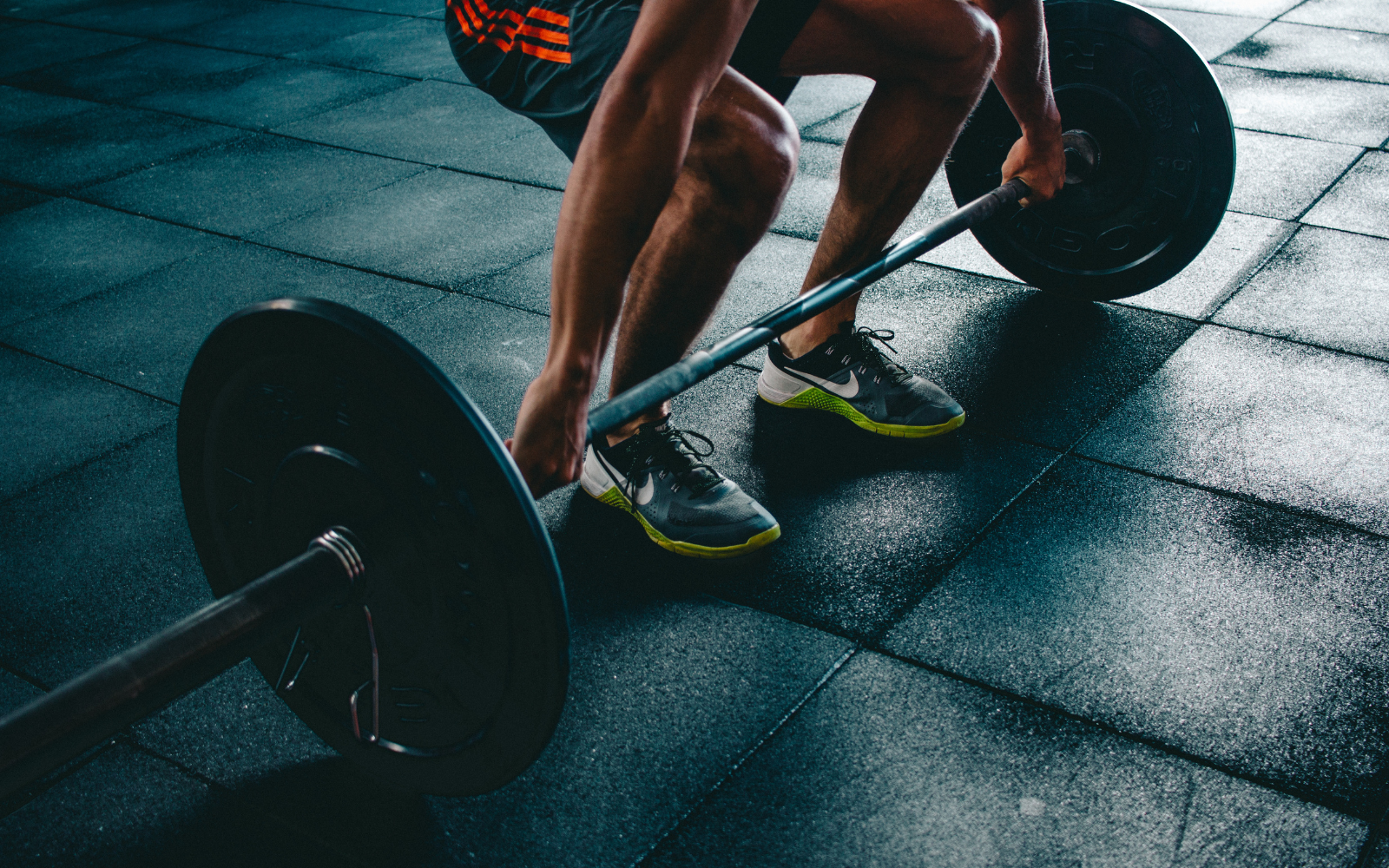
8. Exercising After Diving
Another important rule for scuba divers is to avoid exercise after diving. Physical exertion following scuba diving—particularly the kind that involves heavy use of muscles, joints, or rapid limb movement—could increase the formation of bubbles in the body, which can increase the risk of decompression sickness. Examples of exercise include:
- Hitting the gym for weight training
- Swimming or running after scuba diving
- Playing sports, like beach volleyball or soccer
- Even vigorous dancing!
According to the Divers Alert Network (DAN), the consensus among researchers is to wait at least 4-6 hours before exercising after scuba diving. Previously, this guidance was 24 hours, but that is now considered impractical. Of course (as with many other activities on this list), the longer the interval you leave between diving and exercising, the less risk there will be of decompression sickness.
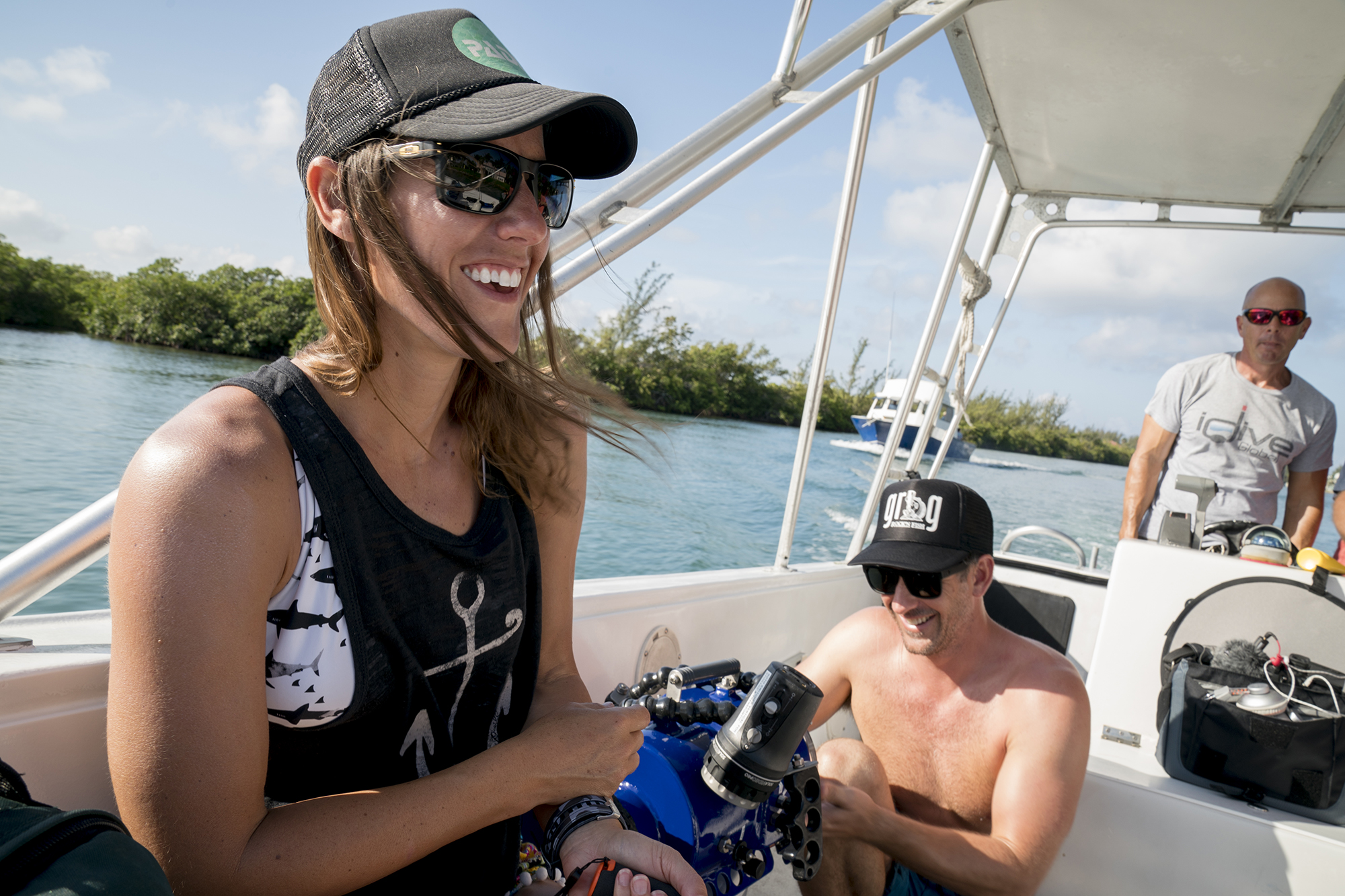
9. Skipping Your Surface Interval
Scuba is undoubtedly addictive. After surfacing from a dive where you’ve been surrounded by bucket-list marine life, like manta rays, sharks, or playful seals, it can be tempting to jump straight back in for a second dive (and a third, or fourth…).
However, your surface interval is non-negotiable. After a dive, you’ll still have nitrogen in your body, and it takes time for this to reduce enough for you to make another dive safely. How long you’ll need to wait depends on the depth and duration of the dive you’ve just completed—as well as the one you plan to do next. In every case, diving without the required surface interval increases your risk of decompression sickness.
Besides, taking a surface interval is the perfect opportunity to explore topside destinations, share stories with your dive buddies, and get some all-important rest and relaxation before your next dive.
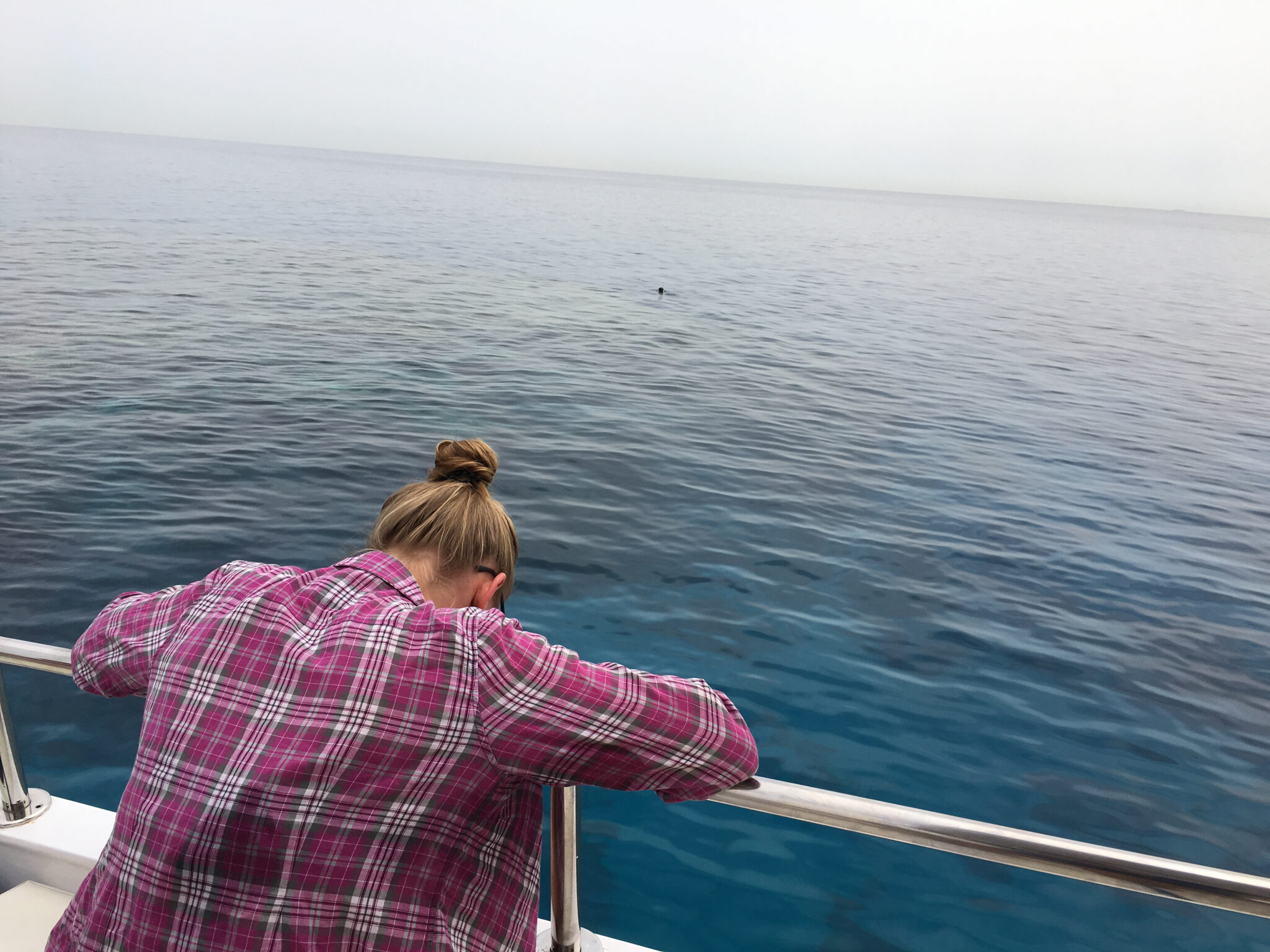
10. Ignoring Your Body
After diving, you should pay close attention to how you’re feeling and respond accordingly. Certain signs and symptoms can indicate a serious health issue, and you shouldn’t ignore them. For example, if you experience a rash, numbness, shortness of breath, or dizziness after a dive, you may have decompression sickness (DCS). If you’ve got ear pain after diving, this could be a sign of middle-ear barotrauma or an infection.
Some signs and symptoms of DCS can also be confused with other conditions. For example:
- A red rash can look similar to sunburn
- A headache after diving can feel like dehydration
- Nausea can be a result of seasickness
- Fatigue can be mistaken for simply feeling tired after a long day
There may well be nothing to worry about, and you just need to rest and rehydrate—but never ignore what your body is telling you. If something doesn’t feel right, talk to your dive buddy or dive guide, and consider seeking advice from a medical professional.
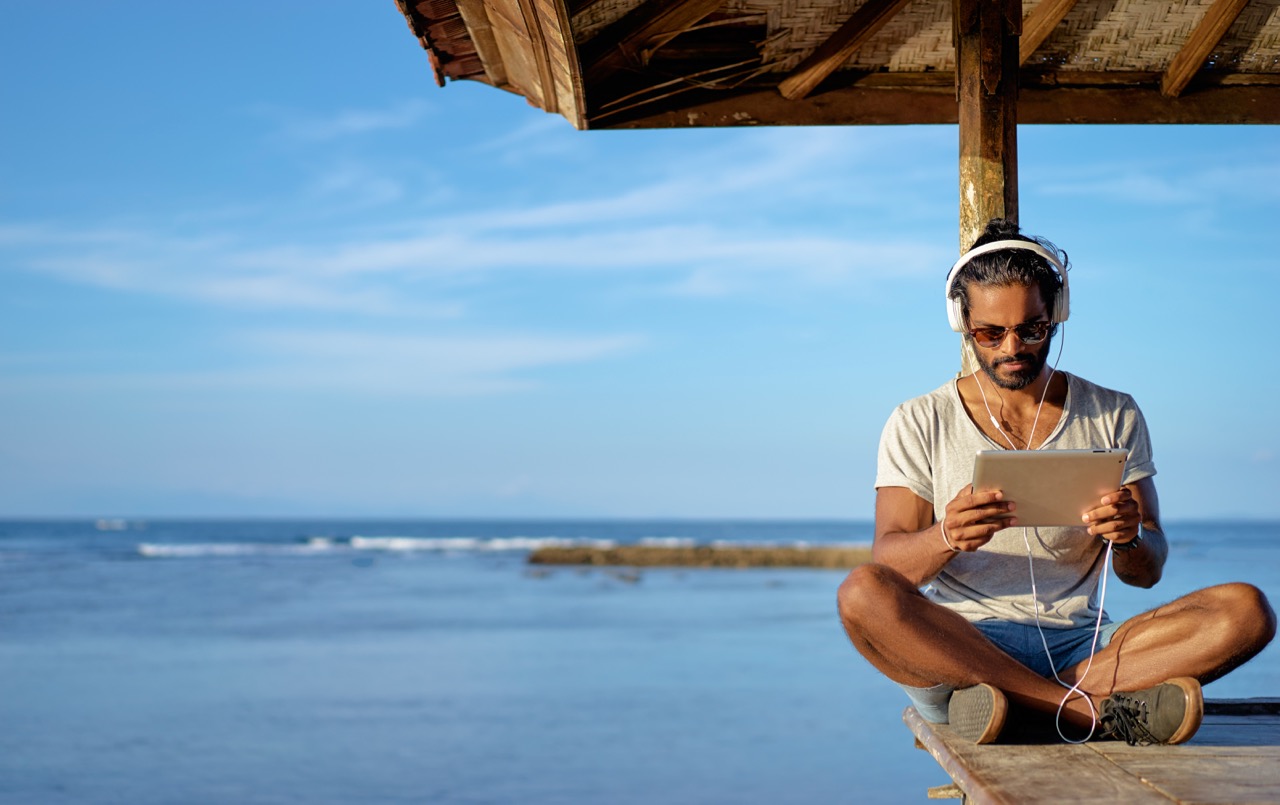
What Should You Do After Diving?
While this might seem like a long list of things not to do after scuba diving, there is a whole heap of things that you can do!
- Explore the (low altitude) region, meet people, and immerse yourself in the culture.
- Check and clean your scuba gear.
- Immerse yourself in an ocean-themed movie, book, or virtual adventure.
- Start researching your next scuba vacation.
- Log your dives.
- Take time to reflect or meditate for inner calm.
- Sort through your photos and share them on social media.
- Go shopping.
- Get hydrated and fill up on healthy foods.
- Start your next scuba course with PADI eLearning.
- Or, simply hang out with friends, kick back, and relax!
Let’s take a closer look at some of the most important things to do after scuba diving.
Hydrating After Diving
Being hydrated is so important for scuba divers both before and after a dive! Staying hydrated can help minimize the risk of decompression sickness (DCS). After diving, try to drink more water than normal. Also, try to limit your coffee or soda intake, both of which can be diuretic. Eating fruits and veggies with a high-water content, such as cucumbers, watermelon, and celery, is also a great way to add hydration after a dive.
Planning Your Next Dive
As mentioned before, having a surface interval and using that time to plan your next dive is critical. Review your last dive, check for problems or anything notable you encountered, and plan your next dive with your buddies. Inspect your gear. Check all your items and determine if your kit needs servicing or replacement. Whether your next dive is in a few hours or a few months, being prepared now will help to enhance your diving experience overall.

Eating After Diving
Feeding your body the right nutrients is also key when it comes to caring for yourself after diving. Some foods with high protein aid the fast recovery of muscles, and some complex carbohydrates can help replenish the energy required. Omega-3-rich foods, such as kidney beans or walnuts, can help reduce inflammation. It is best to stay away from big, heavy, greasy meals, because they can lead to discomfort, especially if you plan on scuba diving more the same day.
Engaging With the Dive Community
Another rewarding post-dive activity is researching new dive sites or interacting with your diving community. You can join dive clubs or social media groups where you can share your story, ask for diving advice, and learn more about diving in your local area. Talking to other divers is not only a way to educate yourself; it also creates a community where we can all learn and share our passion.
Resting and Recovering
Finally, you should make sure you get plenty of rest after your dives. While diving is mostly fun and relaxing, we do move our bodies in ways that may not be so common in our daily lives. Some dives may require you to use more energy than others, so by resting your body, you will be in much better shape for your overall health and well-being, not to mention more capable of handling any future underwater adventures. Activities such as stretching, light yoga, or just a good night’s sleep can help.
Start Your Next Scuba Adventure
If you haven’t learned to scuba dive yet, you may be wondering if scuba diving is an unhealthy hobby. That couldn’t be further from the truth. When practiced correctly, scuba diving has an excellent safety record and can actually boost your fitness, mental health, and social circles. Plus, completing a scuba certification can increase your confidence and abilities—even back on land! So, if you’re ready to enjoy these benefits, start your PADI Open Water Diver course and learn to Live Unfiltered.
Or, if you’re already a scuba diver, why not find a PADI Dive Shop near you or visit PADI Travel to start planning your next dive vacation? Alternatively, sign up for PADI Club and get the DAN Prepared Diver online course for free.
There has never been a better time to get your Advanced Open Water Diver certification thanks to the Advanced Open Water Diver Challenge. You could win a Specialty Diver course of your choice and a wetsuit, gear bag, mask, fins and snorkel from Fourth Element!
Join the Challenge by filling in a short form prior to 31 March 2025 for 1 entry to win, then earn 10 additional entries by completing your certification before 30 April 2025. Don’t miss out on this opportunity to level up your dive skills!


